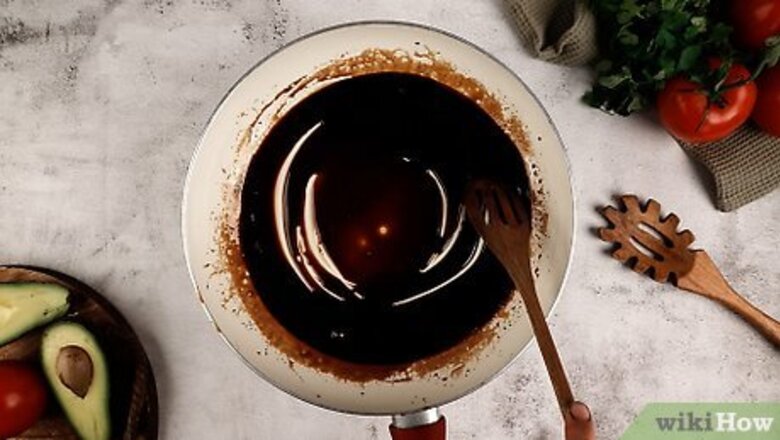
views
Reducing Liquid Ingredients
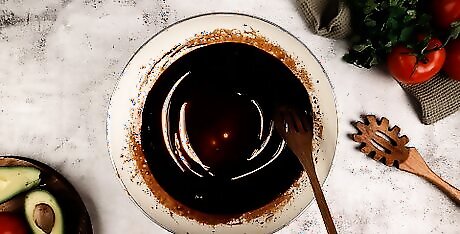
Select the ingredients you wish to reduce. Some reductions require only one ingredient. Nape, for instance, is a reduction of red wine. Other reductions like gravy will require multiple ingredients such as salt, spices, flour, and milk or water. There’s no right way to decide what ingredients to reduce. You can reduce any liquid you want in cooking. Anything with a high moisture content can be reduced, including soups, alcohol, and dairy beverages.
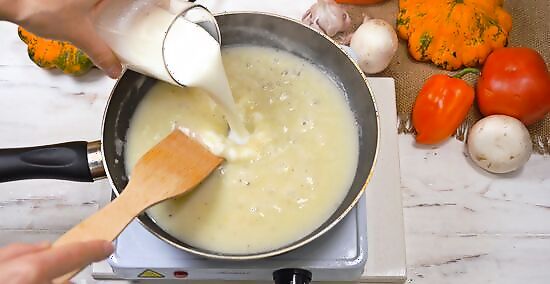
Discard excess liquid before beginning. If you want 2 cups (473 milliliters) of sauce, there’s no need to start with 2 litres (0.53 US gal) of liquid. Generally, you can start your reduction with about 1.5 to 2 times your desired volume of liquid. For instance, if you want 2 cups (473 milliliters) of a particular sauce, start your reduction with 3 or 4 cups (709 to 946 milliliters) of liquid. The precise amount of liquid you’ll need to reduce to achieve a sauce with the consistency you wish depends on the contents of the liquid you reduce and the conditions under which you reduce it.
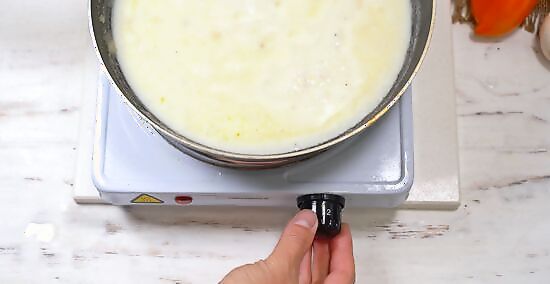
Boil your liquid, then reduce heat to a simmer. Heat the ingredient(s) until it reaches a boil, and then turn down the heat to a simmer. If you continue to boil your ingredients, it might burn or stick to the sides of the pan. Excess heat might also cause the sauce to reduce too quickly or leave it with a bitter taste.
Avoid covering the pan. The purpose of a reduction is to allow excess liquid to evaporate. If you cover the pan, evaporation isn’t possible. So, keep the pan or pot uncovered until the reduction is complete. Place the lid to the side of the pan so that you’ll be prepared to cover the reduction when it reaches your desired consistency. Samin Nosrat Samin Nosrat, Chef, TV Host, and James Beard Award–winning Author Reducing a sauce or liquid is a simple yet powerful technique to intensify flavor. As water evaporates away, flavors concentrate, and ingredients meld together. For the best results, use a wide, shallow pan to allow for rapid evaporation. Bring the liquid to a simmer over medium heat and cook uncovered, regularly skimming away fat or foam.
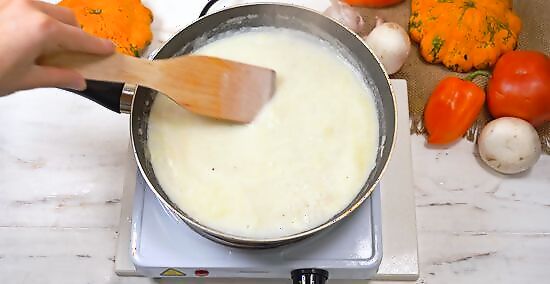
Monitor your reduction closely if it requires a small amount of liquid to start. Some reductions take a long time and won’t need a lot of attention while they bubble away. Others, however, reduce quite quickly. If you’re reducing less than 1 cup (236 milliliters) of liquid, stand by and keep an eye on it as it reduces. The precise amount of time necessary to achieve a reduction with your desired consistency depends on the type of liquid you’re reducing, the volume of liquid you begin with, and the conditions under which you cook it. Most reductions require 15-30 minutes. If you’re working from a recipe, the recipe will likely estimate how much time the reduction requires.
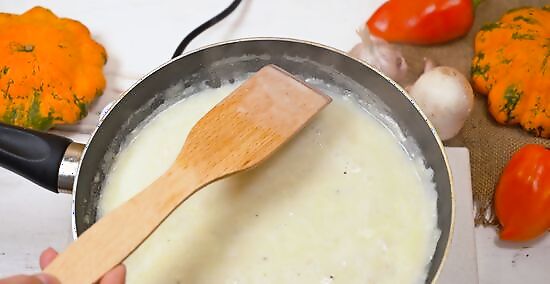
Use the starting level of your reduction to see how much it reduced. As your reduction evaporates, it will leave behind a residue line that marks how much liquid was in the pan before you began reducing it. To easily figure out how much the liquid has reduced, subtract the current elevation of the liquid from the level it was at when you began the reduction. If your recipe tells you to reduce by 1/4, for instance, reduce the liquid until the final volume of your sauce or cooking liquid is at 3/4 the depth it was when you began. If you wish to track your reduction more accurately, pour it into a large measuring cup periodically to determine how much it has reduced, then return it to the pan if you wish to continue reducing it.
Speeding Up Your Reduction
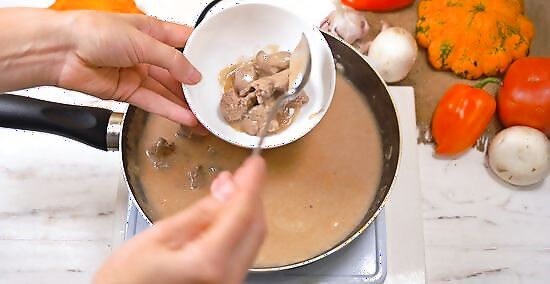
Remove meat from your reduction. Meat chunks and slices can lengthen the time of sauce reduction, so it’s best to remove them (especially if you’re in a hurry). If you’re working with a braise, remove meat pieces to another pan or a plate when they’re done cooking, then add them back into your reduction when it has reached the consistency you desire.
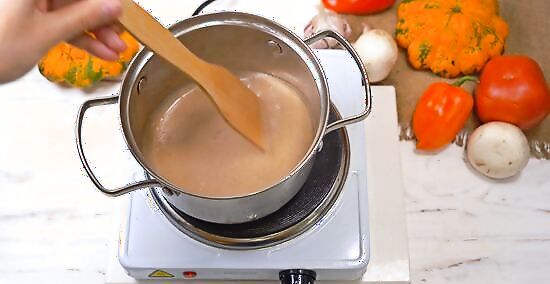
Use the widest possible pan. A larger surface area allows your sauce to reduce more quickly. A wide sauté pan or a Dutch oven are your best options. You can reduce using a small sauce pot, but it will take longer.
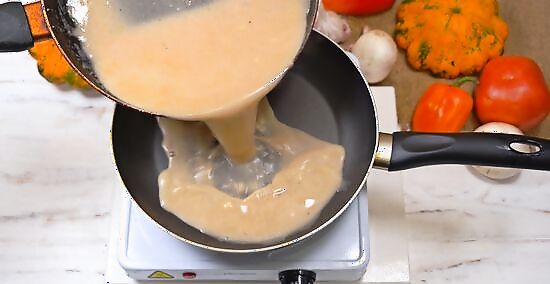
Divide your reduction to complete the process more quickly. If you’re short on time (or just really hungry), place half of your sauce into a second pan and cook both pans simultaneously. Cook both pans under identical heat settings. This will lessen the amount of sauce per pan you’ll have to reduce. Combine both pans when they reach the desired consistency.
More Tips for a Perfect Reduction
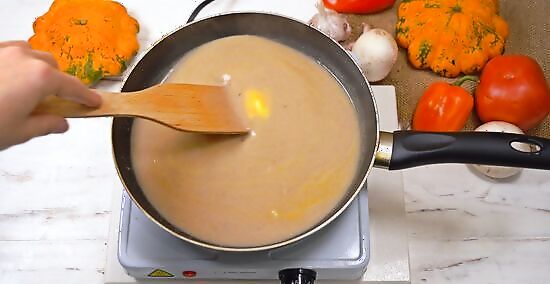
Add a tablespoon or two of butter after the reduction is done. Butter will thicken the reduction and give it a pleasing appearance. Do not add the butter until the reduction is finished, as adding it too soon can cause the reduction to separate.
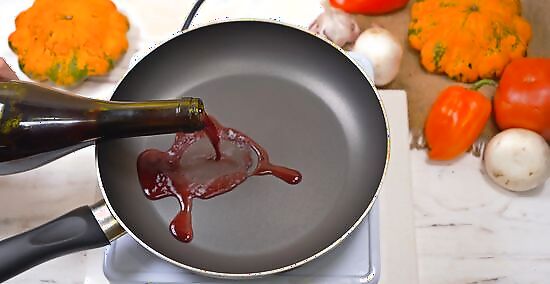
Reduce alcohol separately. If you’re making a sauce, braise, or other reduction that requires alcohol, always reduce the alcohol separately, then combine it with the other ingredients later. If you don’t, you’ll end up with a more boozy flavor than you would otherwise. Reducing wine will cut down on its overall acidity.
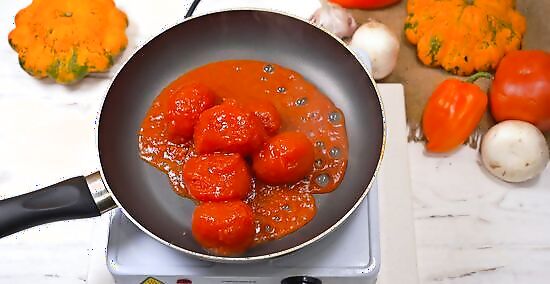
Simmer canned tomatoes from the start to concentrate flavor. Canned tomatoes have already been processed with heat, so if you’re trying to reduce a sauce with canned tomatoes, there’s no need to bring them to a boil beforehand. If you’re using fresh tomatoes, on the other hand, heat them rapidly at the start of the reduction, then reduce heat to a simmer to bring out the best flavor.
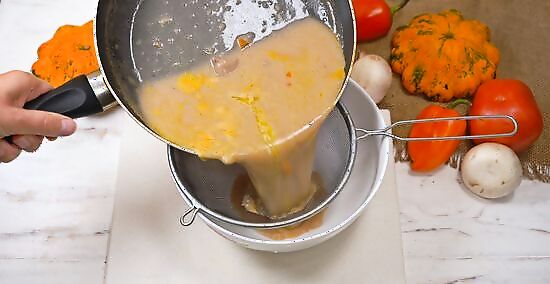
Strain out solids if you want a smoother reduction. Some people like their sauces chunky, with bits of tomato or other vegetable solids in them. If you prefer a smoother sauce, pour the sauce through a mesh strainer after it reaches your desired consistency.
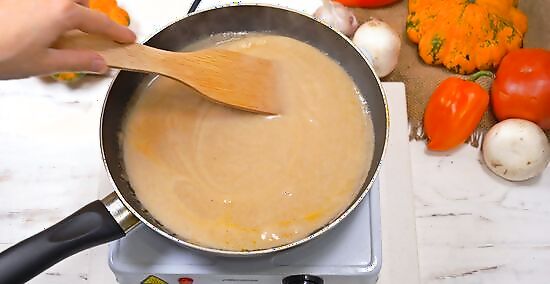
Use a thickener if you’re struggling to reduce your sauce. Sprinkling some potato starch, cornstarch, arrowroot, or flour into your reduction can help it thicken up. Place a few spoonfuls of your chosen thickener in a sieve and sprinkle it in a light layer over your reduction. Mix it in using a mixing spoon and add more if necessary. Don’t add too much thickener at once, or your reduction may turn chunky.


















Comments
0 comment